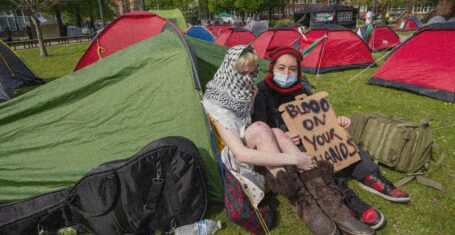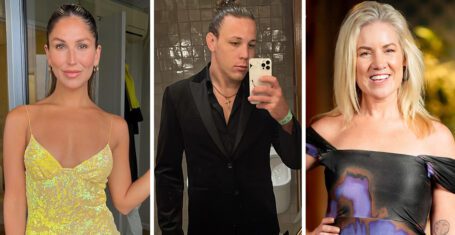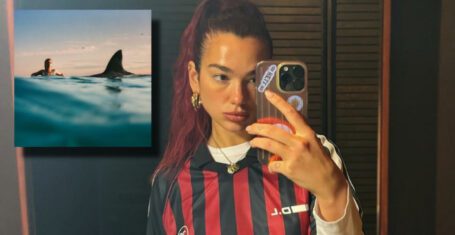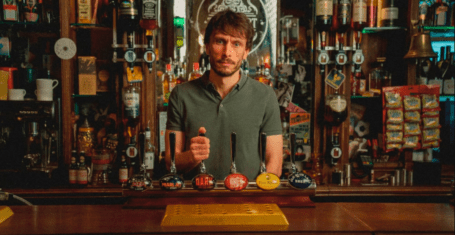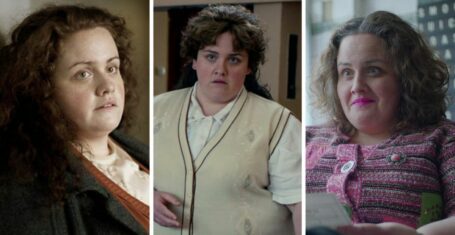
Terrible Lips
JOE BATES is not exactly sure what he’s reviewing, but is pretty sure that he likes it.
8.30, 17th June, Bike Polo Warehouse, £5
[rating:4/5]
With Terrible Lips, I’m not exactly sure what I’m reviewing. The advertising looks like a club night. Their blog advertises a ‘happening’. And their Facebook group focuses on the opera. The night’s biggest strengths, but also its biggest weaknesses, lay in its juxtaposition of these different elements.
Aesthetically the evening was near perfect, and it was that sense of cohesive spectacle that will, I think, stay in the minds of the guests. The UV-lit warehouse location was an inspired choice. It lent the proceedings a suitable sense of futuristic dishevelment and allowed the event to appeal to those who would not, perhaps, have normally gone to an opera. The bar, serving decently priced booze throughout the evening, was decorated with electronics raided from an engineer’s skip, giving the evening an eclectic yet unified look.
Yet UV lighting does not the club night make. The DJ sets, despite their high quality remixes of Caribou, Boards of Canada and the like, were very much treated as secondary in importance to the operas they surrounded. The high lighting prevented any serious dancing, and the largeness of the space made everything feel a bit empty. The organisers were on the borderline of false advertising – some guests who arrived at midnight had to be refunded on that basis. Despite its progressive trappings, the evening was very much about opera re-contextualised rather than a true integration of genres.
The first re-contextualised opera was Jeremy Thurloe’s opera A Sudden Cartography of Song. Despite the unusual space, the opera began with a typical display of concert etiquette – lowered house lights and a vigorously shushed audience. You can take the audience of the concert hall, but not the concert hall out of the audience, perhaps.
Thurloe’s piece explored the way we communicate; the continuity between words and song. Four stages along this continuum were expressed with four different groups: a string quartet, a vocal quartet, a narrator and electronic manipulations of the above. The music was delicate and beautiful, the singers and string quartets forming a cohesive body over which the narrator delivered the simple, affecting text.
There were many really spectacular moments, often related to interacting means of expression. The unaffected high notes of the solo soprano’s ‘abnormal song’ was beautifully picked out in unison by the first violinist. The singers picked out their own words from an electronic echo with sign language – an original and beautiful idea. The quality of performance was very high: the string playing and singing was understated, allowing the mixed ensemble to blend delicately.
Yet there was also elements that seemed a little clunky – moments when the metaphor was a little forced or its expression a touch cliched. The integration of the electronic elements with the acoustic felt clumsy. Despite their intrinsic interest, they acted merely as interludes between the four sections. Given the sophisticated blending of elements that characterised the rest of the evening, it seemed a shame that the electronics could not be more successfully integrated. The film that accompanied the action was sometimes good, but generally speaking the effects used were a little bit too slideshow to be effective. And sometimes the text’s metaphors grated a bit: starting a movement ‘Nietzsche once said’ is rarely a good idea.
It is, however, perhaps better that a metaphor be overstressed than understated. The clarity of the opera’s musical and textual expression was its greatest strength, and one which allowed it to be successfully programmed alongside Kate Whitely’s less subdued offering.
Terrible Lips was described as a ‘science-fiction-dance-opera’. Whilst such as composite description edges on the pretentiously wordy, it does seem difficult to describe Terrible Lips with conventional musical vocabulary. It consisted of alternating scenes of three types – sung, operatic solos; chanted duets and ensemble dances.
The piece trod a difficult line between humour and horror; cliché and contradiction. The opening set up this dichotomy effectively, a dancing toy placed centre-stage in a moment both silly and scary. The text’s odd combinations of adjectives and nouns were contained within a relentless iambic rhythm. The music mimicked this technique: Whitley’s interesting combination of harmonic cogency and complex micro-polyphony was contained within a relatively four-square, riff based musical syntax. The strange combination of subtle devices with ring-tone style vibraphone and a bass line that can only be described as phat left the audience in no doubt that this was a composer with a catholic approach to musical influence.
The dance interjections were undoubtably the focus of the opera. After bursting through the stage’s paper backing, the twitching, UV splattered chorus twisted and jerked their way cross stage in increasingly diminished clothing to a kit-driven, tightly controlled sound track. The choreography was effective, yet one could not help but contrast the professional standard of the musicians to the more amateur feel of the dancers. This should not be surprising – many of the musicians will become professionals, whereas few of the dancers will – yet it did mean that the opera’s dramatic focal point was probably its least technically accomplished moment.
Overall, the opera’s spectacular aesthetic, its dramatic moments and fast-paced language ensured that it was a thoroughly enjoyable event to watch. Yet beyond its aggressive rhythms and disturbing juxtapositions, the piece did not seem particularly consistent. Much of the music and text would not be effective enough to stand on its own. This is, of course, not its purpose, yet the production’s emotional power was limited by its functional approach to text and music.
It is interesting that throughout the evening the same difficulties and contradiction marred what was otherwise an exceptional event. The difficulties of combining genres, of mixing electronics with acoustic instruments and of trying to access the best of multiple performance practices have clearly not yet been conquered. But it is a task worth pursuing, and Carmen Elektra are some of the best people doing it.





















